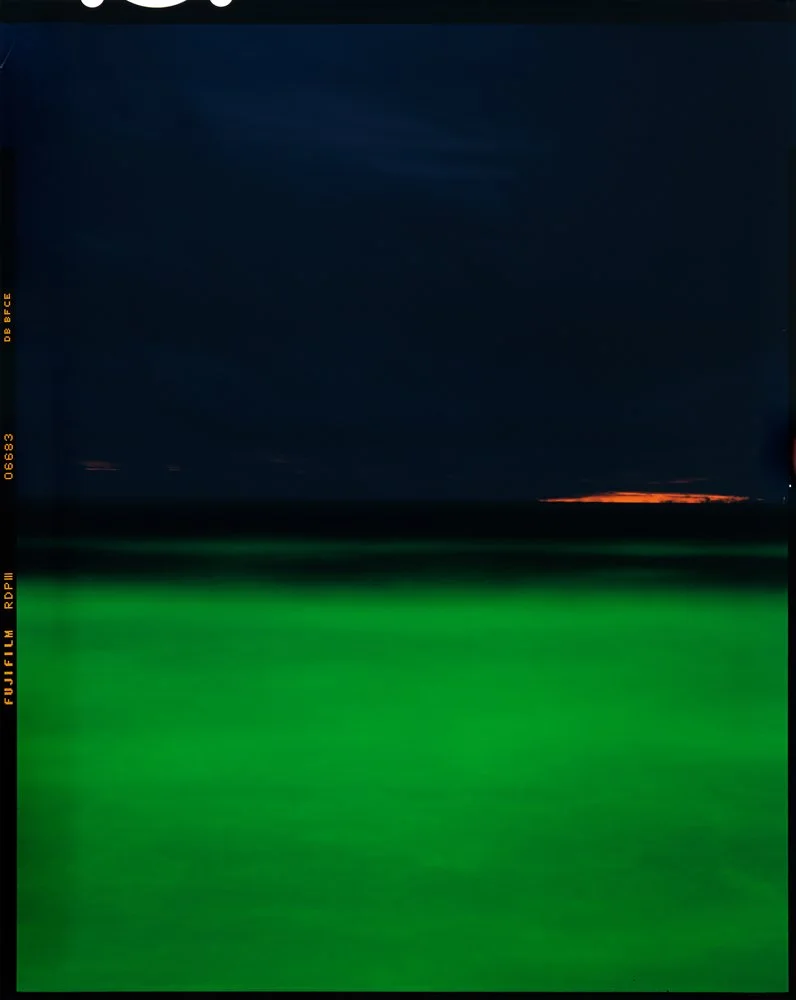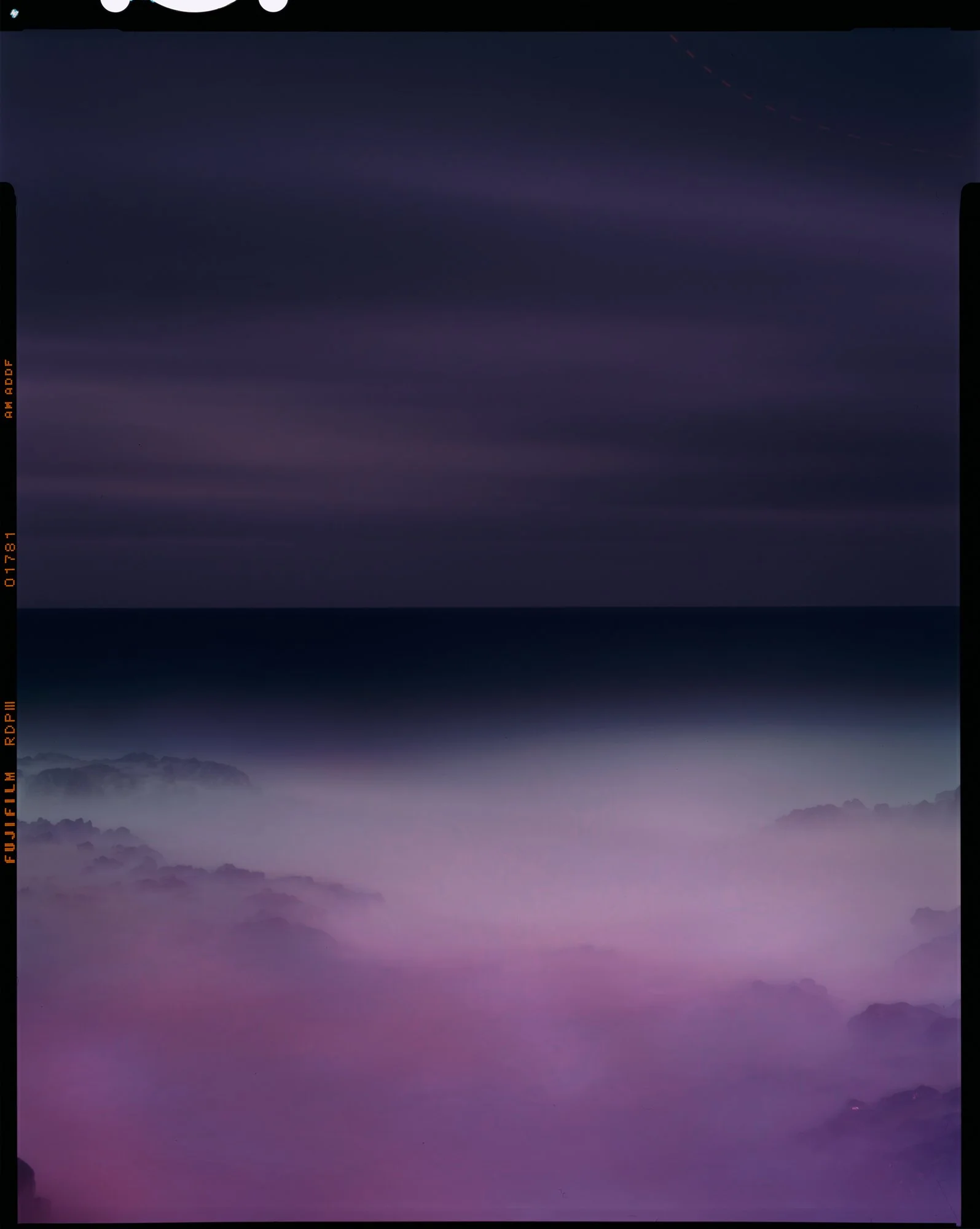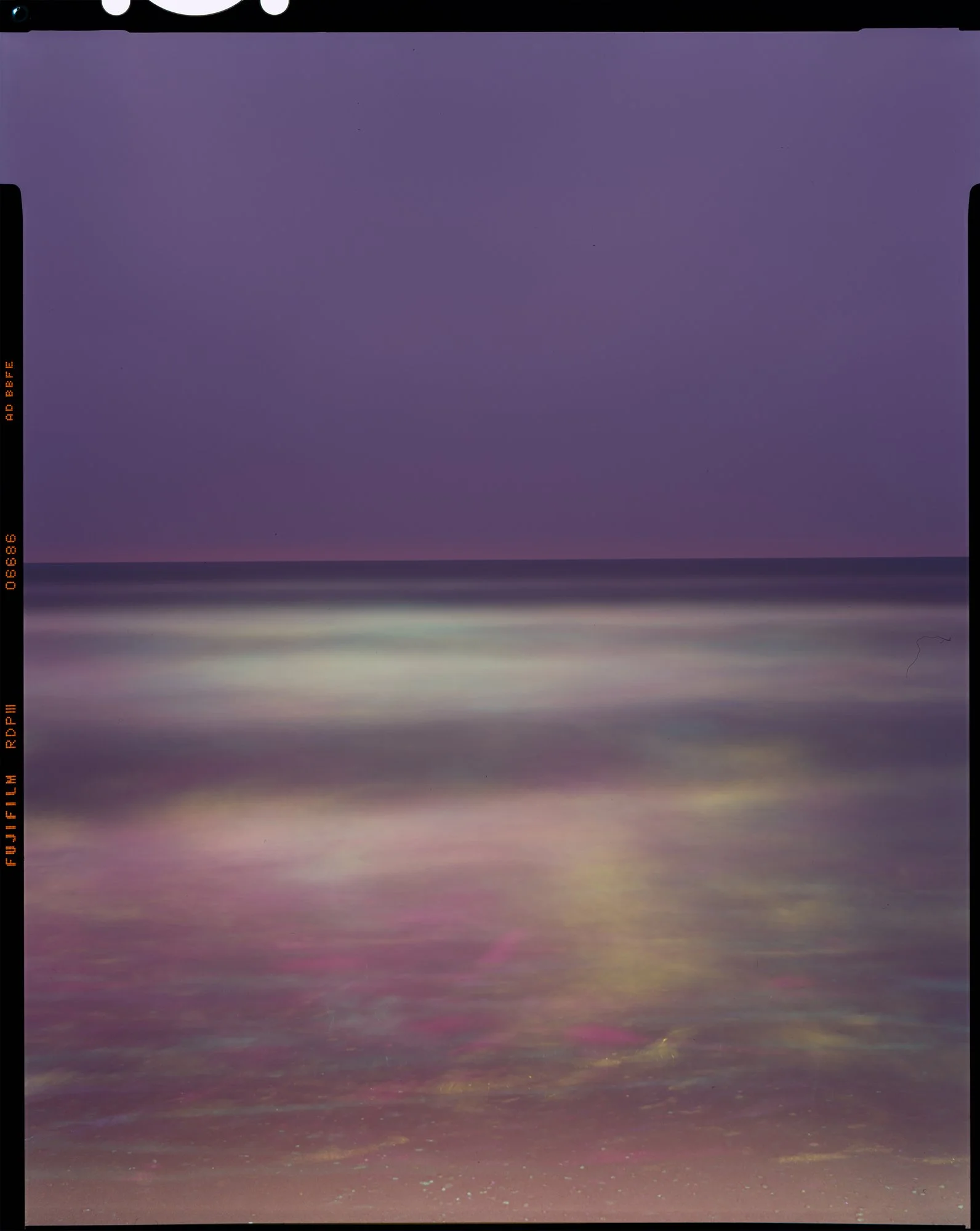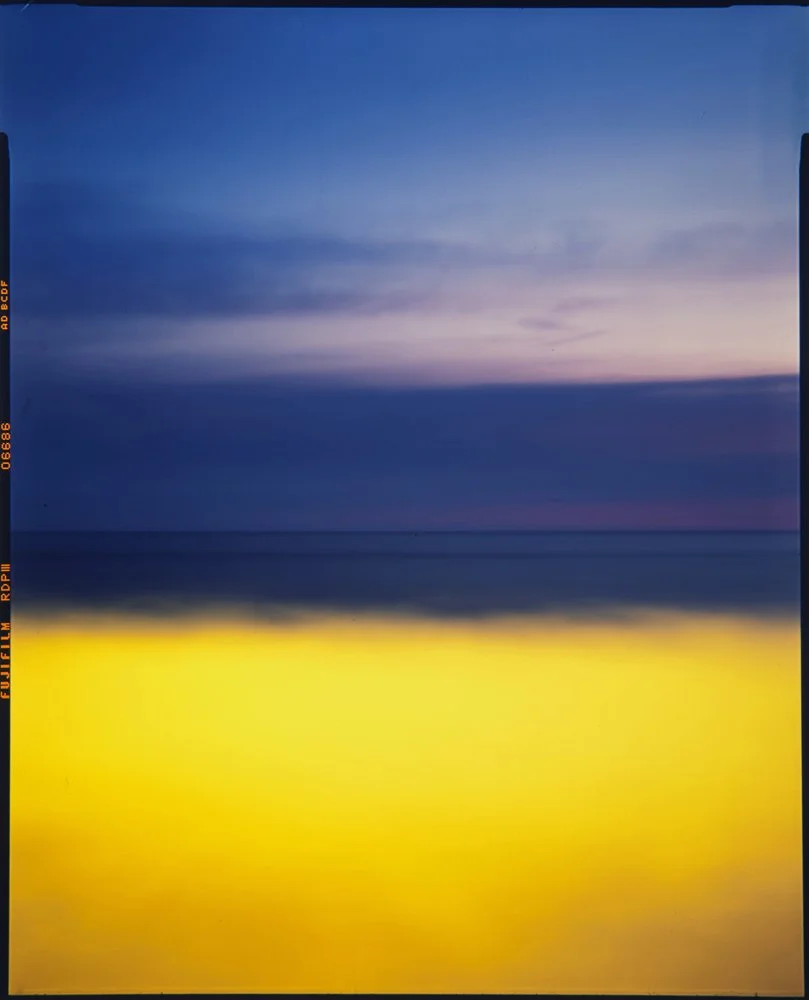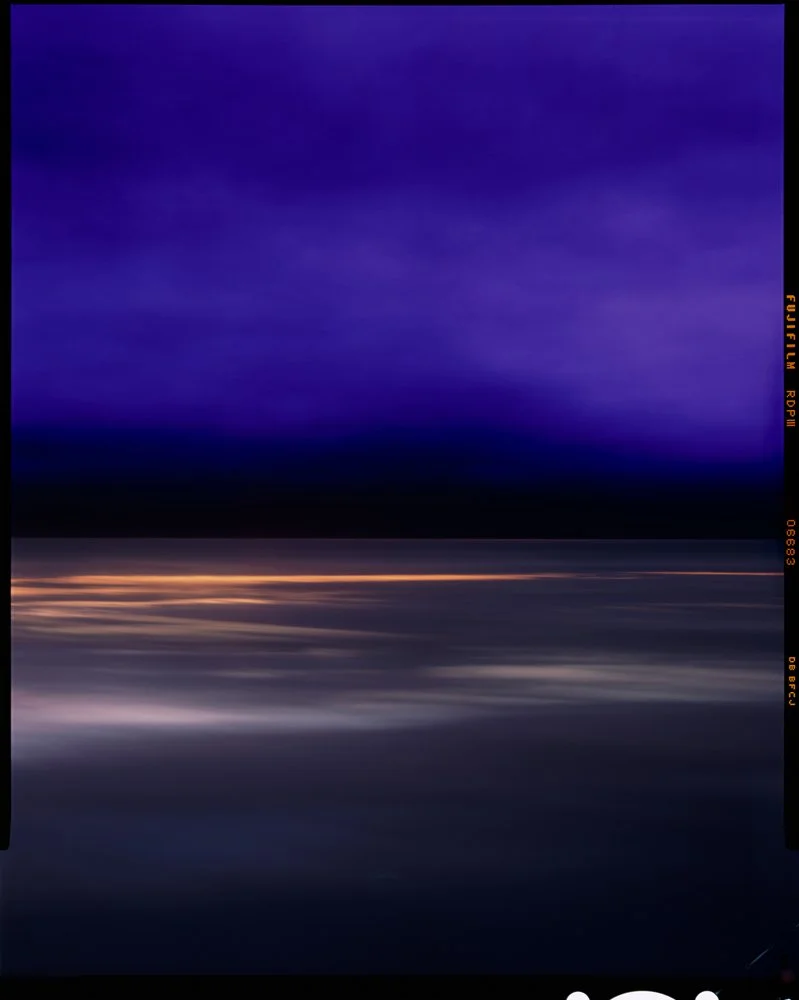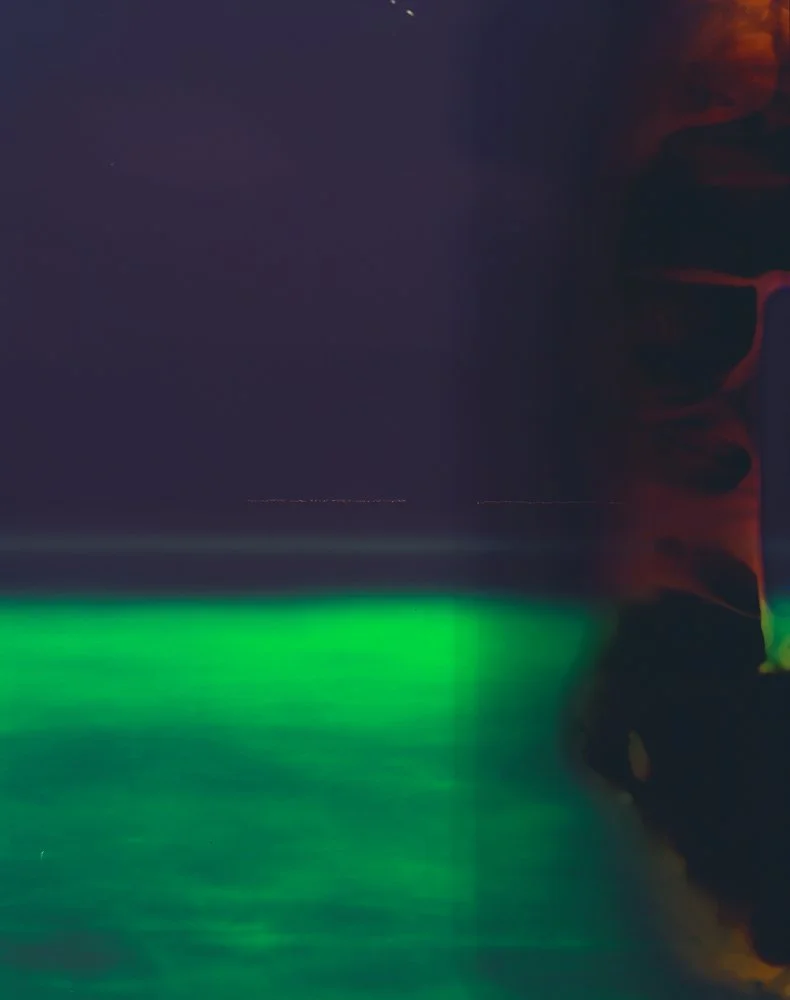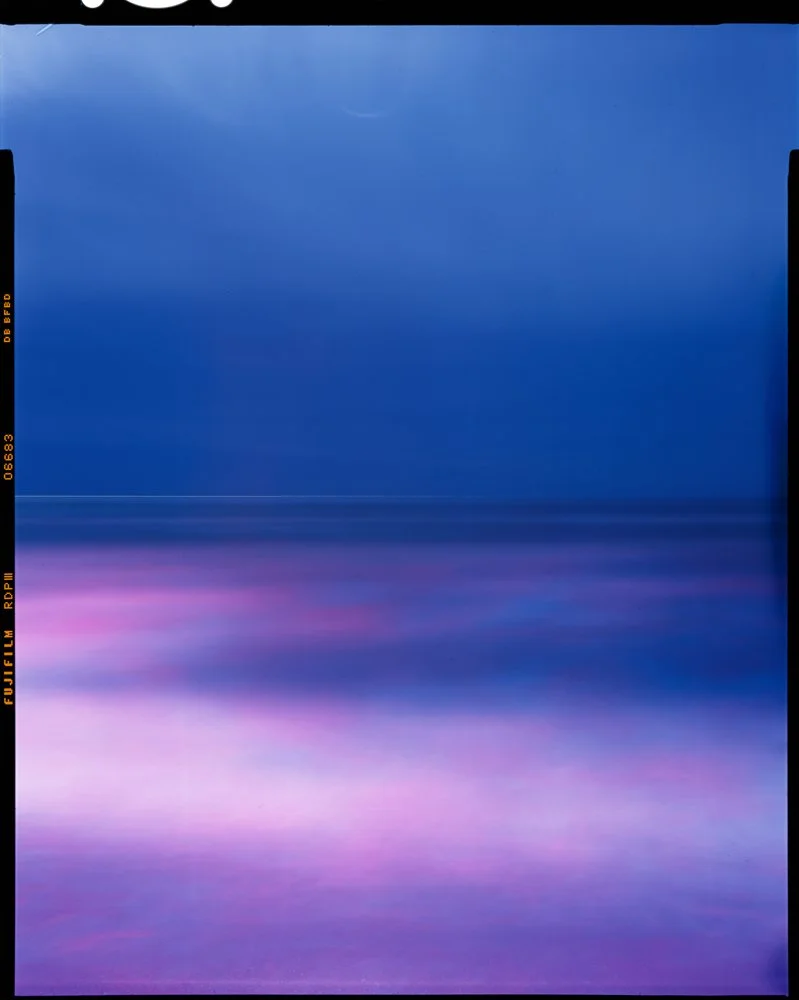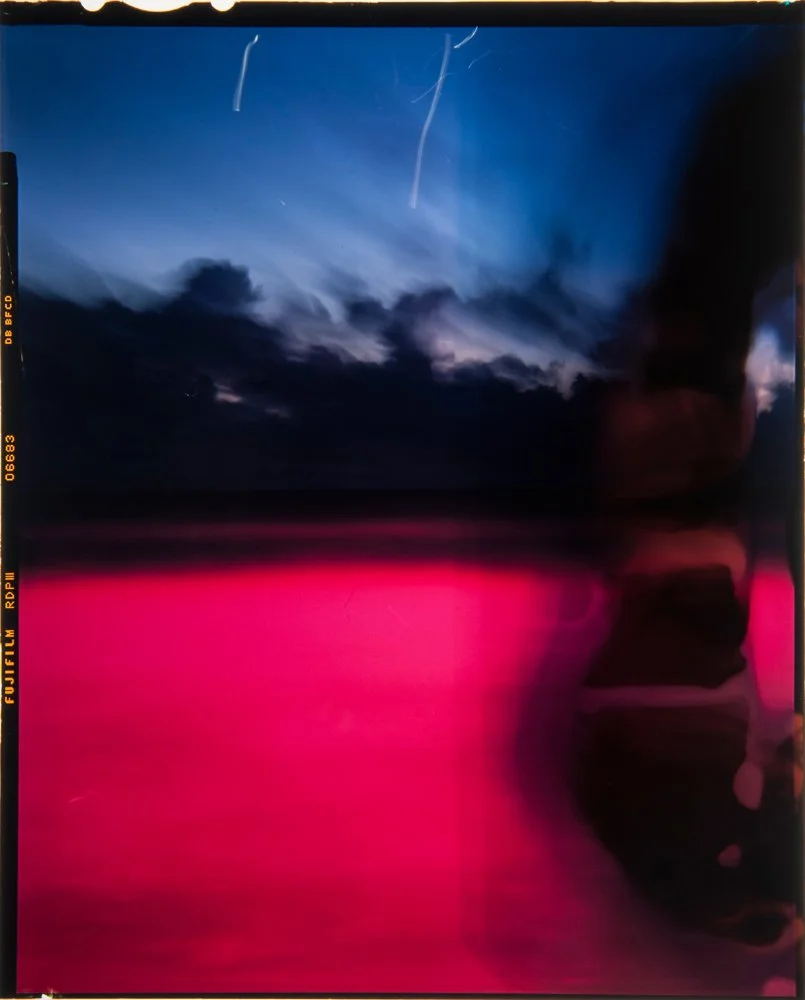New Seas (ongoing)
I still remember one dream. I’ am standing in the water. It’s up to my waist. It feels like all the water is cocktail like tiny ice cubes. It is not cold, just strong feeling of uncertainty lingers. I push on, the depth doesn’t change. It is dark, there is no sun, only a faint blue light reflected from the clear sky illuminates the landscape. As far as the eye can see, an artificial pool of ice cubes sits in all directions. Slowly, the silhouette of a black tree emerges from the water in front of me. Along with the bird on top. It spreads its wings - they are densely covered with ice cubes. I realize this is the last bird left everywhere. I know it’s just a dream.
Usually dreams are forgotten and disappear on their own. Droughts, floods, giant tornadoes, melting glaciers, mass extinctions of animal species, polluted oceans. It looks like distant, elusive dreamy abstractions taking place somewhere in the headlines thousands of miles away. Maybe it’s fake, maybe it will pass. Reaching a critical threshold, thanks to our ever-renewing genius, we will undoubtedly save ourselves. Yes, someone suffers, but after all, most live like they lived (including me), they don’t really run around in hysteria. Everything will be fine.
After a brief flash of optimism, I was always overwhelmed by feelings of helplessness. I was born and raised near the Baltic Sea, which is the youngest sea in the world, but already one of the most polluted. Therefore, this problem troubled me very personally and naturally. Only my attempts of creating something and my ideas collapsed over and over again. I was desperately trying to capture what I didn’t understand. After a long search, I read Timothy Morton's idea that climate change is a "hyperobject" - an incomprehensibly large object stretched in the space-time. Recognizable only in parts, but never all at once. I realized I had to see the part to start understanding the whole. Paradoxically, I remembered microplastics, barely noticeable particles, but at the same time omnipresent in the ocean. I imagined them as synthetic plankton of all conceivable colors, invisibly wandering from one place to another. That’s how I found the starting point. I’ve spent a great deal of time by the sea, so it was easier for me to see that the white ridges of waves creates boundless white-gray paper in space and time. I only needed to fill it with light.
The basic principle of the Universe is relativity, or the interdependence of everything. When I consciously realized this, the process gained ease. My paper - the sea, with its own intensity of waving determines the result (image) just as much as I do. I don’t edit the light-imprinted, long exposed image on the analog slide with a computer. On the principle of "controlled accident", I don’t clean dust, dog hair, or straighten the curved horizon line of the water-washed tripod. I do not seek depersonalized aesthetics as well as the dualism in the idea "man did this to nature." After all, man is a part of nature. So nature changes itself. Only no longer spontaneously - like billions of years before. I portray the current process of change - not the final apocalyptic point in the future. The sea will change long after we are gone. Muddy water is most likely to clear up when left alone. Only perhaps we have already reached a turning point, when we will be able to observe unpredictable changes in nature helplessly. Perhaps, in order to create a whole new future, we will have to come to terms with the tragic collapse of our current way of life. For me, it’s an optimistic, hopeful thought that inspires far more than the ever-thunderous moment in the press headlines, that something will inevitably collapse someday. Therefore, this series of photographs is silent and meditative. It’s like a space to calmly reflect and feel. Finally, I hope it symbolizes more than just new seas. It is a vision of the limitations of a current man-made systems and arrangements. A very important question for me is how the unforeseen side effects of our way of living could form the basis for global action to develop new and sustainable models in which everyone could live much more safely.
Reflecting on the complex and multi-layered problems of the climate crisis, the whole path of the New Seas series is analog. The process is long, slow and meditative. The works were photographed on slides, with a large 4×5 format camera. All the prints are handmade, produced in a complex and rare reverse chromogenic way.


